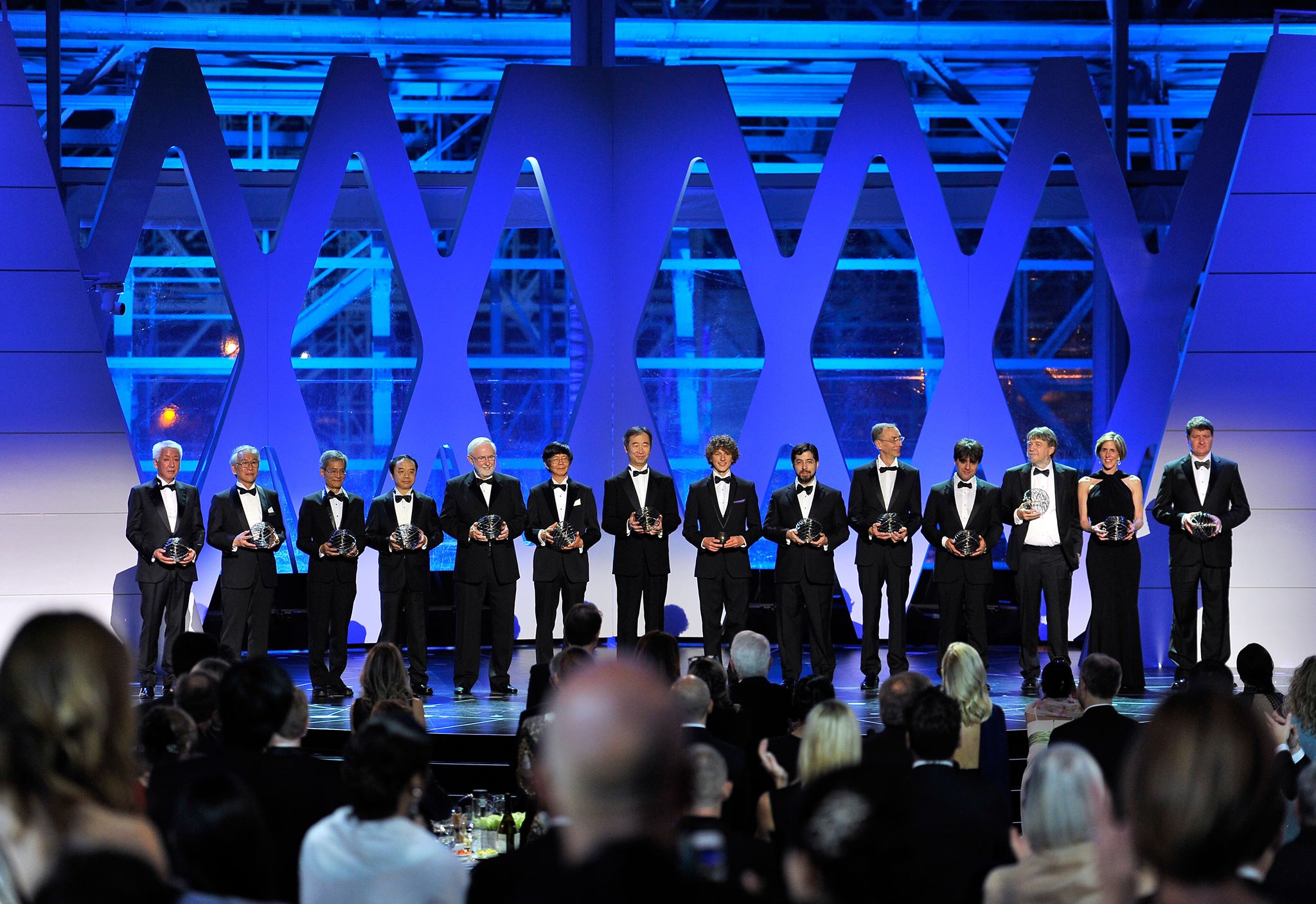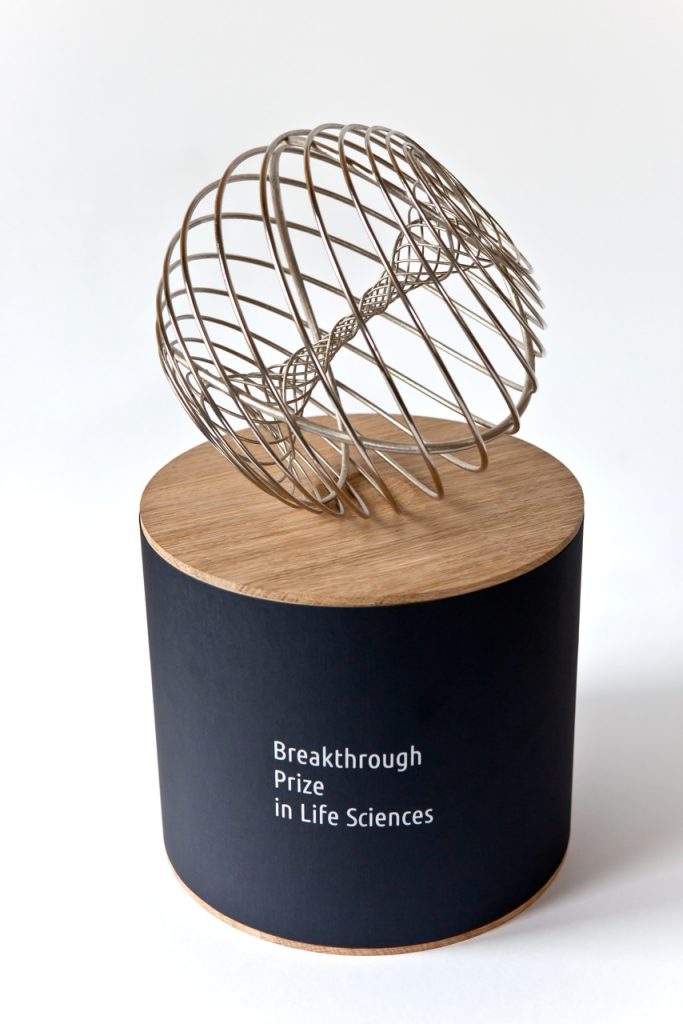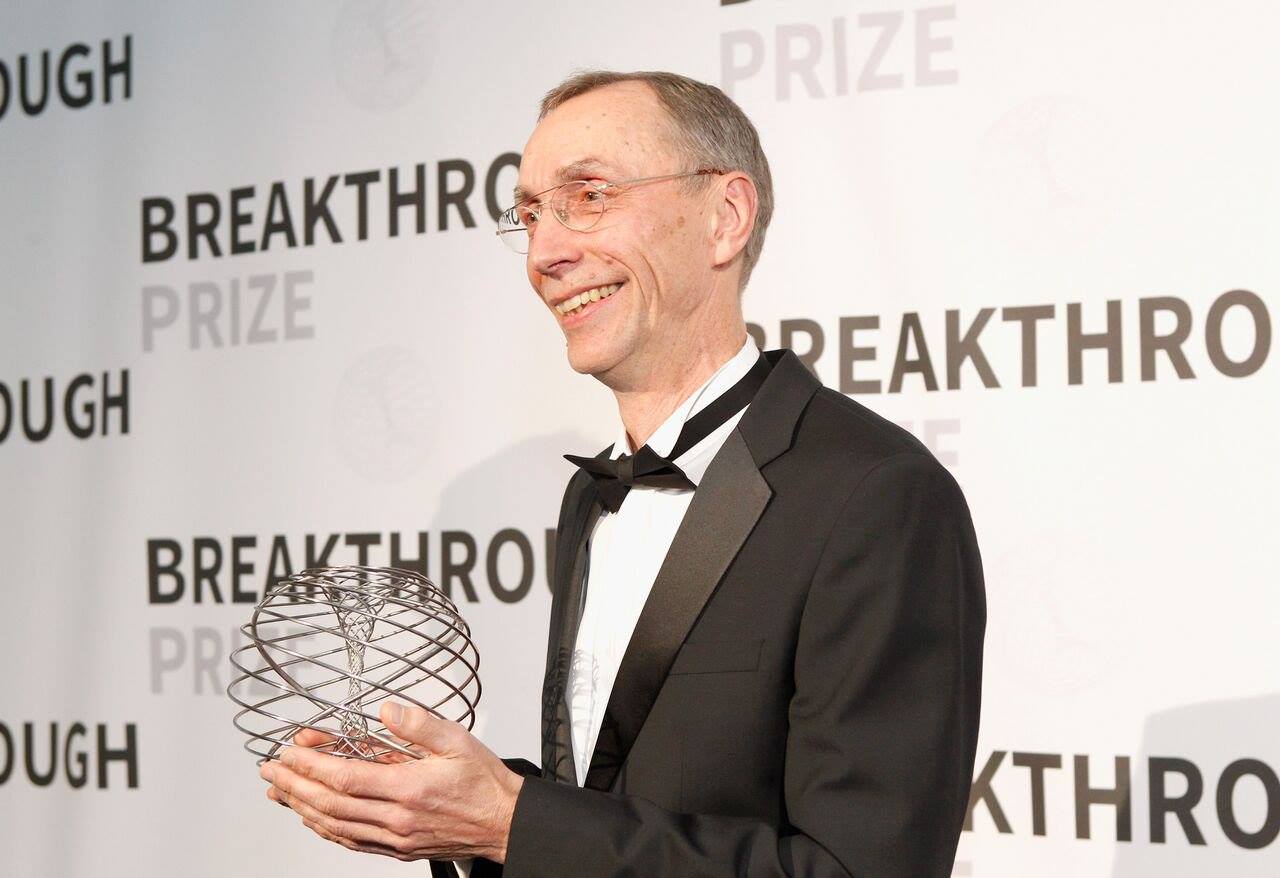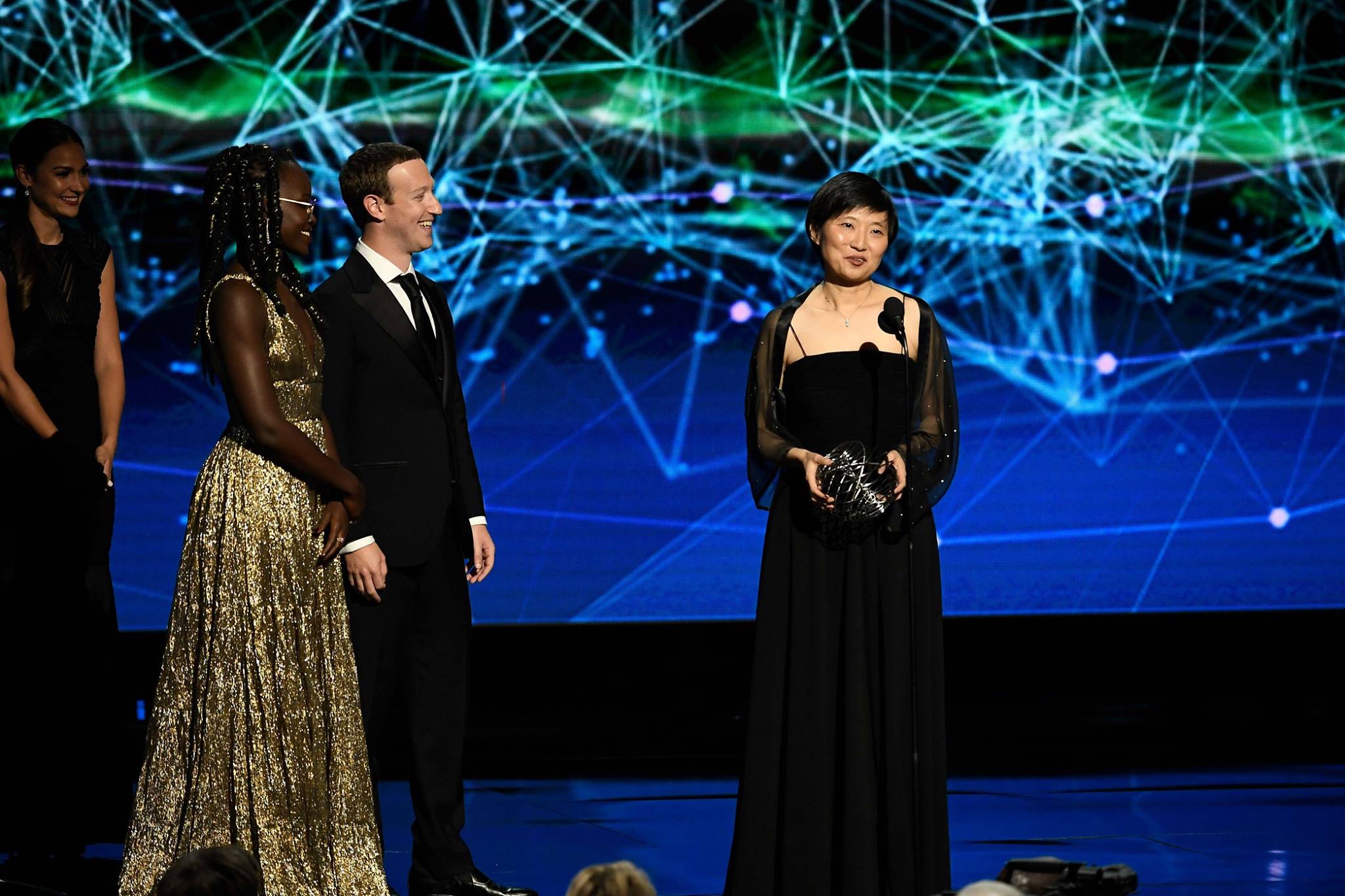The Breakthrough Prize is a brilliant example of a global initiative that celebrates the power of the human mind

Breakthrough Prize: how to get $3 million. Source: facebook.com
The 2020 pandemic crisis has triggered many discussions around the topics of medicine and science. Many people and even governments are beginning to understand the actual worth of qualified experts in such scientific fields like biology. Perhaps, scientists will finally begin getting proper governmental and public support soon. Meanwhile, there are already great global initiatives that celebrate the power of the human mind to make the world a better place. The Breakthrough Prize is a brilliant example.
Its founder, billionaire venture capitalist Yuri Milner said:
In my opinion, scientific brilliance is currently under-capitalized. If the market dictates that a top banker can earn a thousand times more than a great scientist, then this is an area where philanthropy can make a world of difference—and so make a difference to the world.
About the Breakthrough prize
Known as the “Oscars of science”, the annual breakthrough prize celebrates top achievements in life sciences, fundamental physics and mathematics.
Each Breakthrough Prize is $3 million, which is the largest monetary prize in science. Hence, every year around $20 million may be given out to support and recognize the best scientific research and development ideas.
The Breakthrough Prizes are sponsored by some of the most influential people in the world: Sergey Brin – the co-founder of Google; the famous family of Priscilla Chan and Mark Zuckerberg; Pony Ma – the real name Ma Huateng, the founder, chairman and chief executive officer of Tencent; Yuri and Julia Milner (the initial founders of the program, venture capitalists and philanthropists); and Anne Wojcicki (the co-founder and CEO of the personal genomics company 23andMe).
Either individuals or small teams can be nominated. A person can receive this prize more than once if their projects show outstanding scientific achievements.
Past recipients of the prizes are invited to serve on the Selection Committee to examine the nominations and choose the best of the best.

The Breakthrough Prize trophy. Source: breakthroughprize.org
The award ceremony usually takes place in Silicon Valley. The event attracts various public categories – from scientific and technical experts to Hollywood stars. As part of the schedule, the prizewinners also engage in a program of lectures and discussions at a daylong symposium after the ceremony.
There’s also a separate award system for young science enthusiasts aged 13 to 18. It is called the Breakthrough Junior Challenge.
The participants are invited to create short original videos explaining a concept or theory in the life sciences, physics or mathematics. This year, there is an additional COVID-19 category. The submitted content is judged on the student’s ability to communicate complex scientific ideas in engaging, illuminating, and imaginative ways.
The prizes here are more moderate, but still very generous. $100,000 goes to the student, $50,000 is given to the teacher, and $250,000 becomes the winner’s post-secondary scholarship.
History
The “Breakthrough” initiative was founded and funded by Yuri Milner and his wife Julia Milner in 2012. A former physicist, Yuri Milner is the most influential tech investor of Russian origin with the real-time net worth $3.8B according to Forbes. Milner was an early backer of Facebook and Twitter through his venture fund, DST Global. Later he sold those stakes and invested in Spotify and Airbnb. The Milner couple has also joined the Giving Pledge – a movement of philanthropists, created by Bill and Melinda Gates and Warren Buffett, who commit to giving the majority of their wealth to philanthropy or charitable causes, either during their lifetimes or in their wills.
The Milner Foundation started honoring some of the top scientists in the world from recognizing the achievements in Fundamental Physics.
When a year later more investors joined the team, the scientists dealing with Life Science Research aimed at curing intractable diseases and extending human life received the opportunity to be globally recognized as well.
In 2014, five winners received the inaugural Breakthrough Prize in mathematics.
The Prize greatly popularised science and put it in the spotlight for VC investments. In 2014, the New York Times mentioned reinvigorating interest of Silicon Valley venture capitalists in science, engineering and clean-technology startups.

The Prize greatly popularised science and put it in the spotlight for VC investments. Source: facebook.com
“Thankfully, venture funders are starting to invest again in real, hard-core science and innovation,” John Sorenson, a former genetics researcher and Vestaron’s chief executive, said.
In 2015, Milner also founded the Breakthrough Initiatives, a suite of major astronomical and space science programs searching for life beyond Earth and developing the first practical interstellar space probe. Its Breakthrough Listen is a project to search for intelligent extraterrestrial communications in the Universe. With $100 million in funding and thousands of hours of dedicated telescope time on state-of-the-art facilities, it is the most comprehensive search for alien communications up to date.
For the fourth year in a row now, the Breakthrough Prize partners with two prestigious institutions – the European Federation of Academies of Sciences and Humanities (ALLEA) and ResearchGate – to directly engage with researchers and the science community.
This year, for the first time, 2021 usual nominations will be supplemented with the Maryam Mirzakhani New Frontiers Prize – an annual $50,000 award that will be presented to early-career women mathematicians who have completed their PhDs within the previous two years.
2020 Nominees
The 2020 gala awards ceremony took place on Sunday, November 3, 2019, at NASA facility in California. The broad audience could watch it real-time on National Geographic.

The broad audience could watch it real-time on National Geographic. Source: facebook.com
This year the theme of the event was “Seeing the Invisible” – inspired by the first image of a black hole made by the nominees in physics.
- 2020 Breakthrough Prize in Fundamental Physics went to the collaborative team of 347 scientists led by Shep Doeleman from the Harvard-Smithsonian Center for Astrophysics. The team has located eight sensitive radio telescopes around the world to receive ultra-high angular resolution images of radio emission from a supermassive black hole.
- 2020 Breakthrough Prize in Mathematics was given to Alex Eskin of the University of Chicago. He teamed with famed Iranian mathematician Maryam Mirzakhni to work with dynamics on moduli spaces, and prove the so-called “magic wand theorem” which deals with the distribution of light in the room made out of perfect mirrors. The idea of the wand here is a metaphor for how useful the theorem is. Mirzakhani passed away in 2017, but Eskin successfully continued their joint research.
- 2020 Breakthrough Prize in Life Sciences was awarded to a few different scientists.
Jeffrey M. Friedman (Rockefeller University and Howard Hughes Medical Institute) who studies the molecular mechanisms that regulate food intake and body weight. The scientist aims to explore the mechanisms by which leptin (a hormone made by fat tissue, that plays a key role in regulating weight) controls feeding behavior and body weight. This research lies at the core of establishing the biological basis of obesity. It can have a huge impact on lives of about 30% of the world’s adult population who are currently overweight or obese.
F. Ulrich Hartl of Max Planck Institute of Biochemistry & Arthur L. Horwich of Yale School of Medicine and Howard Hughes Medical Institute who discovered the supporting machinery behind proper protein folding. Protein aggregation is potentially harmful for the cell and usually compromises its fitness. Current research is investigating how to suppress protein clumping and preserve healthy functioning as we age.
The scientists have previously been honored with the 2011 Albert Lasker Basic Medical Research Award. Their work toppled traditional notions of how proteins fold inside cells and established new principles that operate from microbes to humans. This previously unexplored realm holds enormous importance for basic biology and biomedicine. Their findings not only reveal secrets of basic protein chemistry but could also have a dramatic impact on the treatment of the many diseases in which protein folding is critical.
David Julius from the University of California, San Francisco discovered cellular signaling mechanisms that produce pain sensations. By identifying specific cellular targets for chronic pain, his team is laying the foundation for the next generation of non-opioid, precision analgesics. These alternative forms of treatment mean to overcome the addictive nature and other side effects of traditional opioids used to relieve pain. The researcher is an American physiologist known and lavishly awarded for his work on molecular mechanisms underlying the detection of thermal stimuli and natural products.
Virginia Man-Yee Lee (University of Pennsylvania) who specializes in Neuropathology, Immunobiology and Experimental Pathology worked for three decades to invent a protein roadmap to neurodegenerative disorders. Her research helps to develop better treatments for disorders like Alzheimer’s disease (AD), Parkinson’s disease (PD), frontotemporal degeneration (FTD), amyotrophic lateral sclerosis (ALS).
Lee is a Chinese-born American leading neuropathologist who specializes in the research of Alzheimer’s disease. She is the Director of the Center for Neurodegenerative Disease Research and Co-director of the Marian S. Ware Alzheimer Drug Discovery Program. Along with her husband, Lee currently oversees a lab with about 50 employees, publishing 15 to 20 studies per year.
Worldwide, at least 50 million people are believed to be living with Alzheimer’s disease or other dementias. According to the United Nations, that is more than the population of Columbia. If breakthroughs are not discovered, rates could exceed 152 million by 2050.
SEE ALSO:









